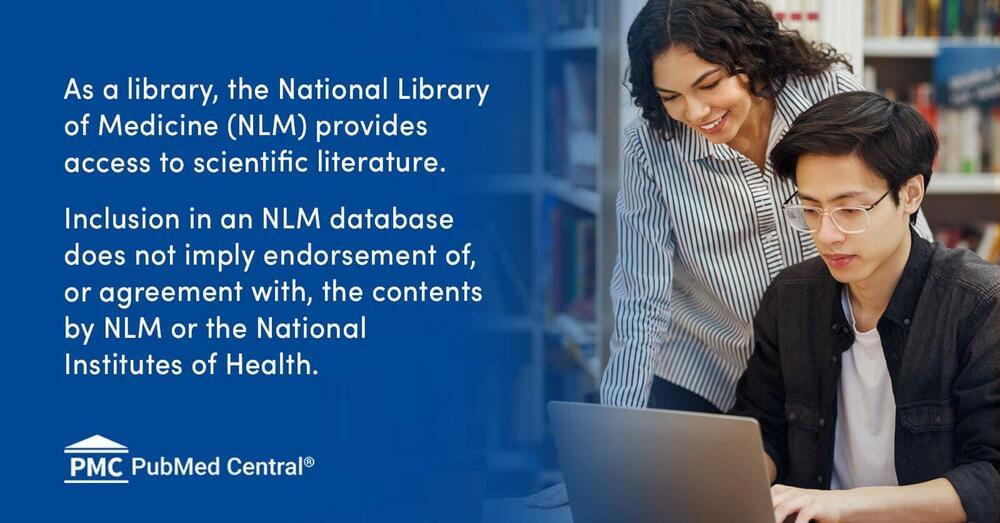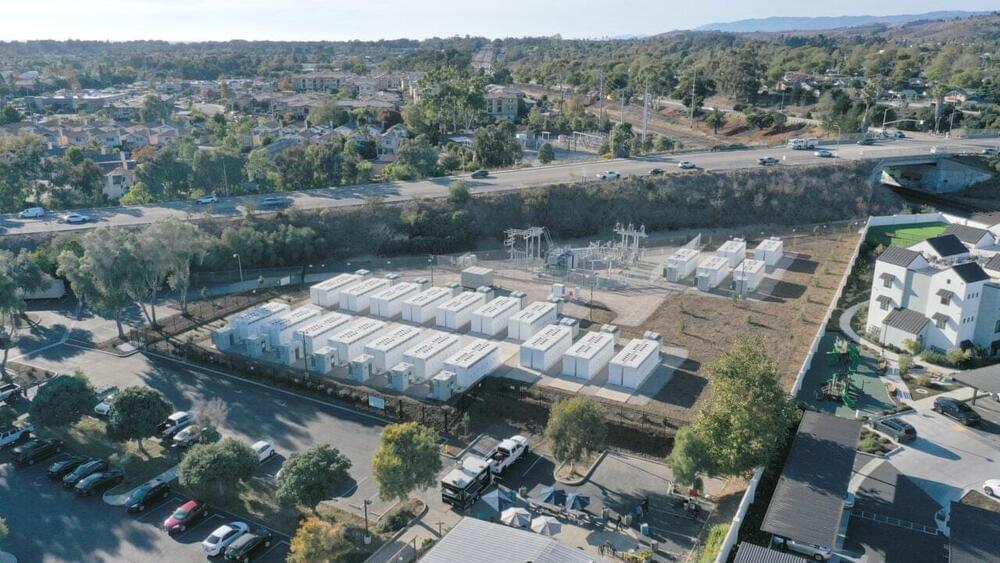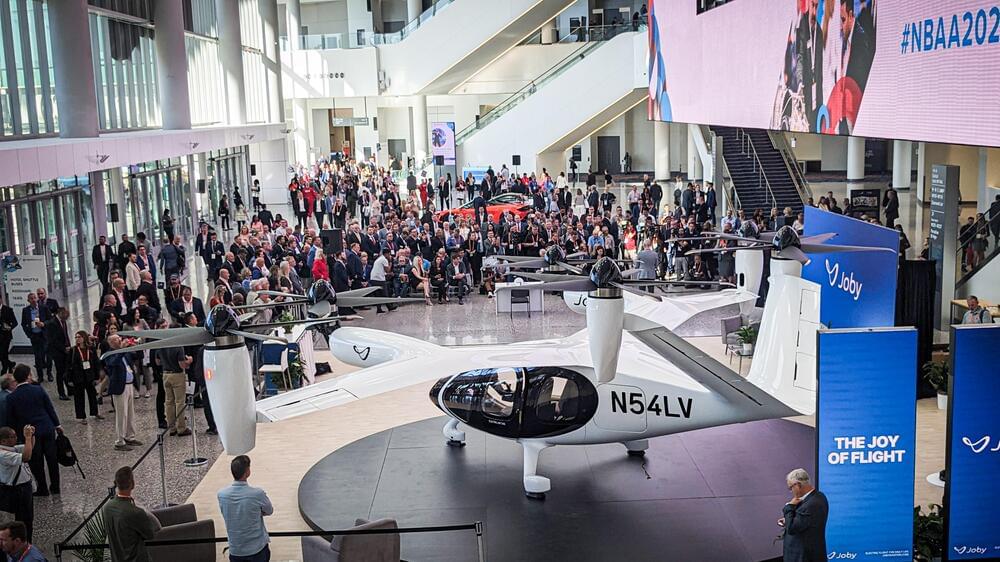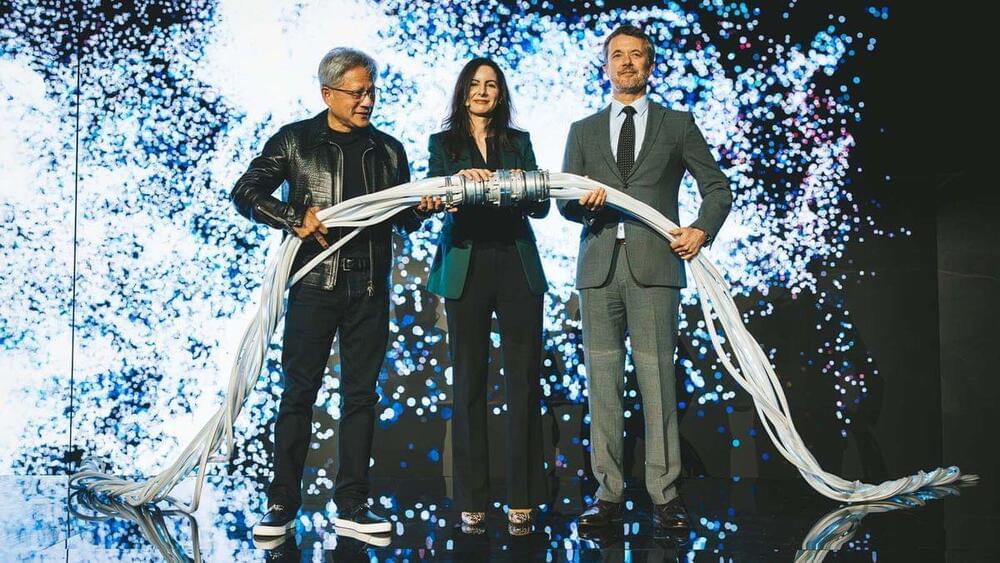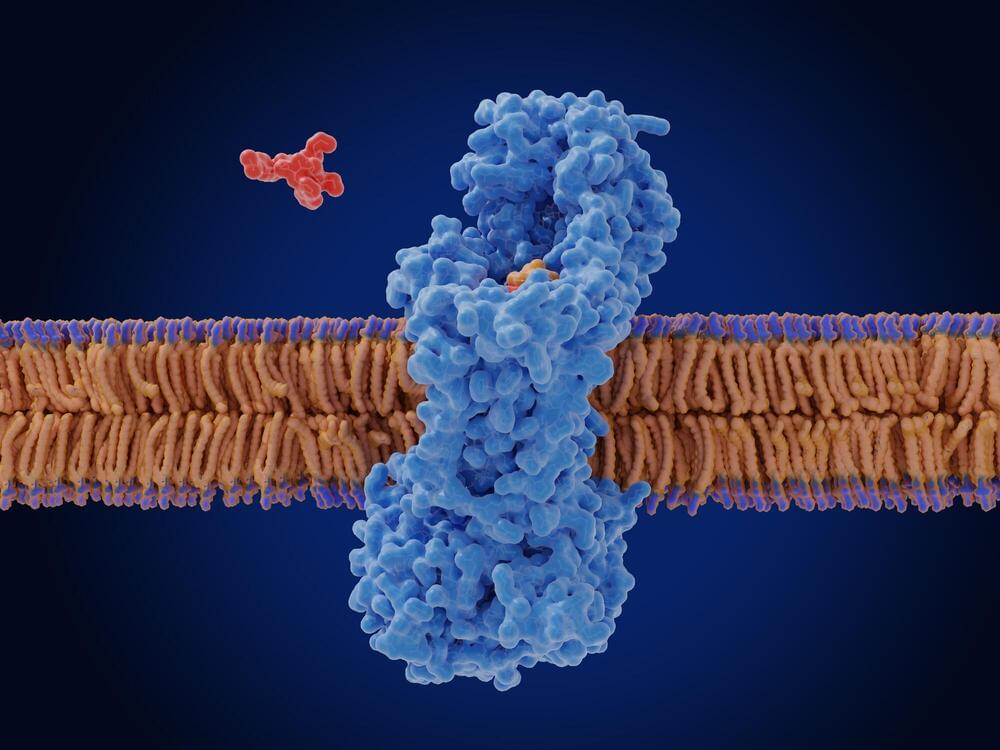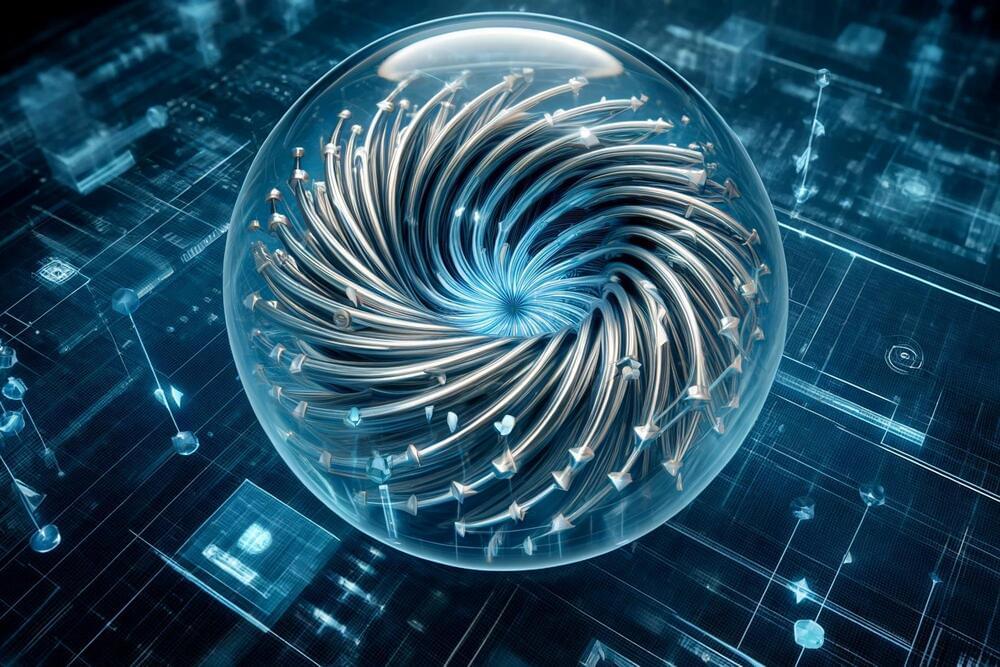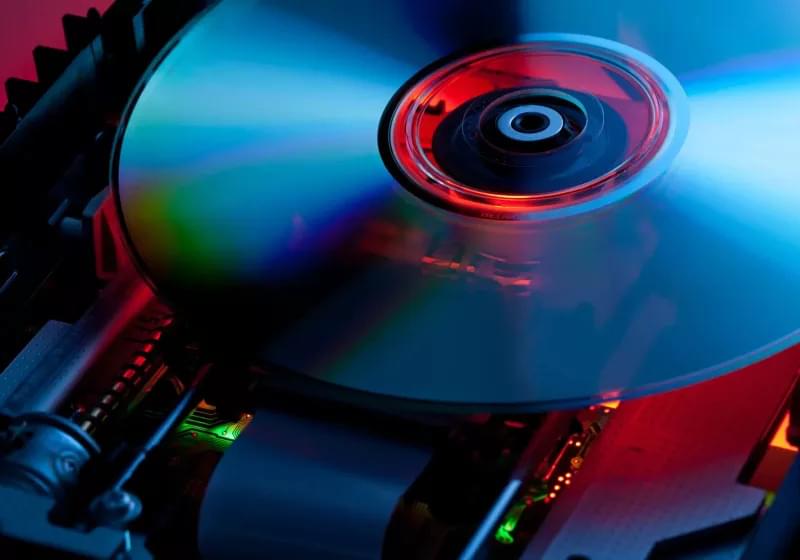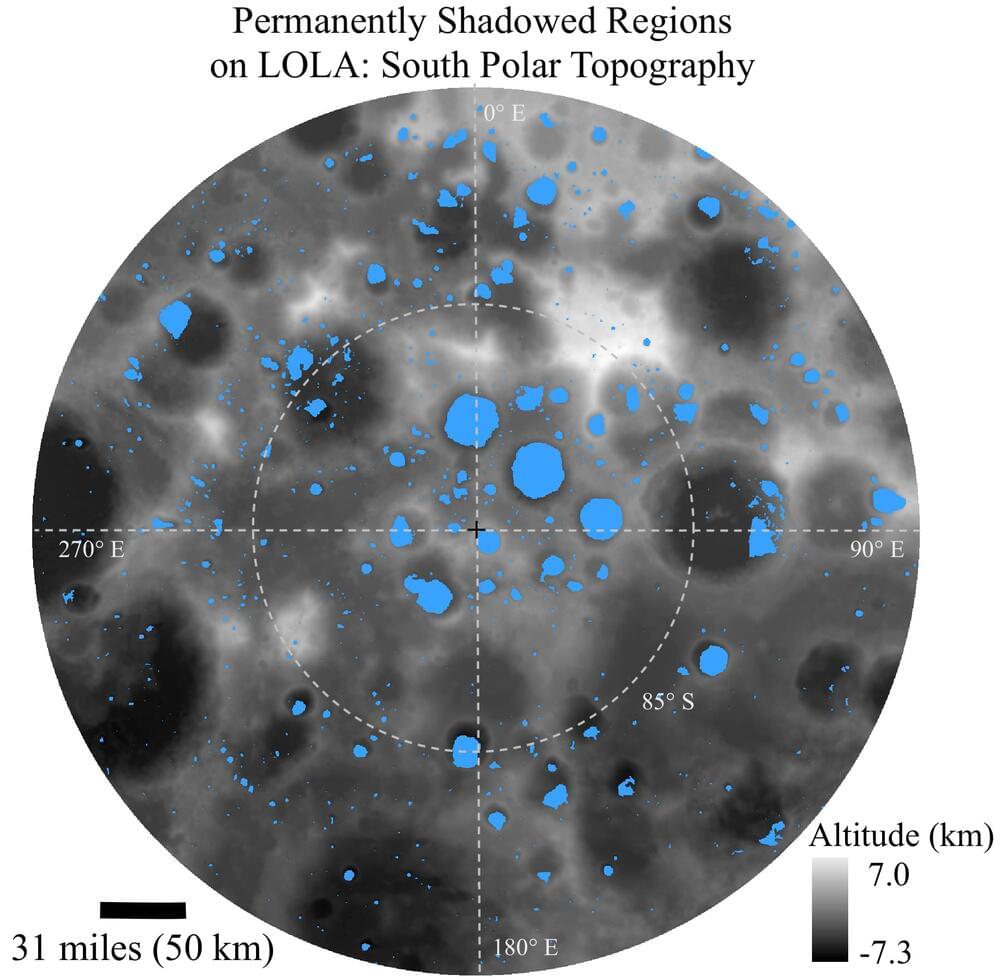Haven’t heard from Bill Andrews in awhile.
BiOptimizers Magnesium Breakthrough 10% with code Modern10 https://bioptimizers.com/modern. This video brought to you by BiOptimizers.
Here we talk with Dr Bill Andrews all about telomeres, why they are on the critical path of aging and finding a way to lengthen them is required in an complete longevity solution.
Some links are affiliate links so we will earn a commission when they are used to purchase products.
If you would like to support our channel please consider joining our patreon / modernhealthspan.
Stemregen 15% discount Code MODERN https://tinyurl.com/45z968yr (Only available in the US)
Renue By Science 10% discount code MHS: https://tinyurl.com/bdew4bfs.
NMN Powder https://tinyurl.com/syc7rwkh.
DoNotAge 10% discount code MHS https://tinyurl.com/6dbvhv87
NMN https://tinyurl.com/wyzj2f3d CaAKG https://tinyurl.com/2h79stt2
Wellness Extract 10% discount Code MODERNWE Geranylgeraniol Essential http://wellnessextract.com/RICHARDWE Delta Gold Vit E
n1o1 Nitric Oxide 10% discount with code Modern https://tinyurl.com/3esakm4s.
n1o1 Nitric Oxide Lozenges https://tinyurl.com/yh4rrtht.
Age-Defiance Face Cream https://tinyurl.com/4zr959zh.
OmegaQuant 5% discount Code MODERN https://omegaquant.com/shop/
Bulletproof 15% off with coupon code: HEALTHSPAN15: https://tinyurl.com/4npjk5vp.
Inner Fuel Gut support https://bulletproof.fdf2.net/PyDKDM
Omega-3 Krill Oil https://bulletproof.fdf2.net/xkdxmy.
Pendulum Akkermansia pendulumtherapeutics.sjv.io/baoQVg.
Metabolic Daily https://pendulumtherapeutics.sjv.io/N…
Nuchido Time+ 20% discount of first purchase with code MODERN20 https://nuchido.com/MODERN
OneSkin 15% Discount: Code MODERN https://tinyurl.com/3t6tevj8 OS-01 Face Topical Supplement https://tinyurl.com/29c8wrr2
Neurohacker Qualia Senolytic https://tinyurl.com/22t9thrn.
TruDiagnostics 12% Discount Code MODERN TruAGE PACE https://trudiagnostic.pxf.io/oqYVMY
☕If you would like to support our channel, we’d love a coffee…thank you! https://www.buymeacoffee.com/mhealthspan.
⏲️Chapters.
00:00 Why telomeres.
07:10 Telomeres and aging.
14:36 Telomerase in stem cells.
20:15 BiOptimizers.
21:44 Telomere shortening.
23:25 Measuring telomere length.
25:30 Biological age.
30:30 Slowing telomere shortening.
39:30 Supplements to help.
41:30 Sierra Science Chemicals \& Gene therapy.
49:30 How is telomerase repressed.
56:10 Liz Parrish \& Gene therapy.
1:01:40 Gene therapy delivery.
1:09:20 Telomerase \& cancer.
1:17:00 Why aging.
1:20:30 Telomeres \& senescence.
1:24:30 More information.
🌐Links in this video.
